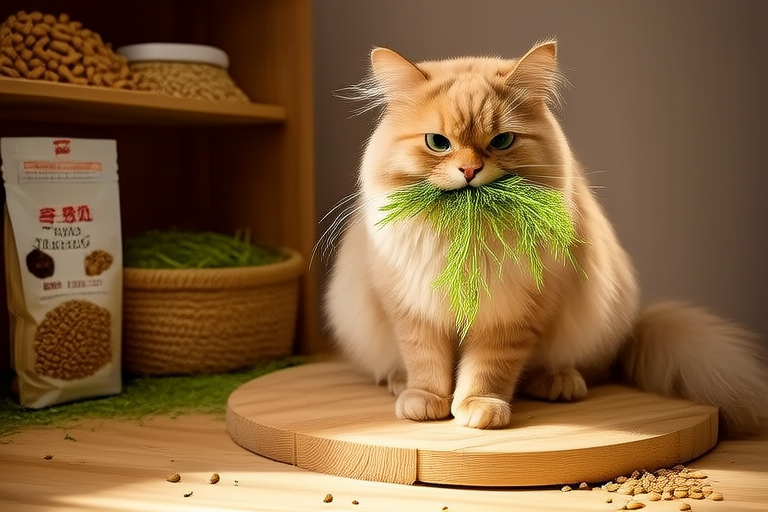Chinchilla Diet Secrets: Feeding Your Pet the Right Way
Welcome to the world of chinchillas! These adorable creatures are known for their soft fur and playful nature, but did you know that they also have very specific dietary needs? Chinchillas are small rodents native to the Andes Mountains in South America, where they thrive on a diet rich in fiber and low in fat. Proper nutrition is crucial for your chinchilla’s health, longevity, and happiness. In this article, we’ll explore the secrets to feeding your pet chinchilla the right way, ensuring they live a long and healthy life.
The Importance of Hay in Their Diet
Hay plays a vital role in the diet of chinchillas. It’s not just a filler; it’s a critical part of their digestive system. Chinchillas are herbivores, meaning their diet consists mainly of plant material. The high-fiber content of hay helps maintain the health of their teeth and digestive tract. Chewing on hay also keeps their constantly growing teeth worn down, preventing dental issues such as overgrown teeth, which can be painful and even fatal if left untreated.
Types of Hay Suitable for Chinchillas
Not all hays are created equal, and some are better suited for chinchillas than others. Timothy hay is one of the most recommended types due to its high fiber content and low calcium levels. Orchard grass hay is another excellent option, providing a similar nutritional profile. Alfalfa hay, while nutritious, is higher in calcium and protein and should only be given occasionally or to younger chinchillas who need more nutrients for growth.
Aid in Digestion
Hay aids digestion by promoting the growth of beneficial bacteria in the gut. These bacteria help break down the tough fibers in hay, allowing your chinchilla to extract maximum nutrition from their food. Additionally, hay helps prevent hairballs, which can be a common issue in chinchillas. Hairballs can cause digestive blockages, leading to serious health problems if not addressed promptly.
The Role of Pellets
Pellets provide essential vitamins and minerals that may not be available in sufficient quantities through hay alone. However, it’s important to focus on quality rather than quantity when selecting pellets for your chinchilla. Look for pellets made specifically for chinchillas, as these are formulated to meet their nutritional needs. Avoid pellets that contain seeds, nuts, or other ingredients that could lead to obesity or digestive issues.
Risks of Low-Quality Pellets
Low-quality pellets might contain fillers, artificial colors, or preservatives that can harm your chinchilla’s health. These additives can lead to digestive problems, allergies, or even organ damage. Always check the ingredient list and choose pellets that are free from unnecessary additives. A good rule of thumb is to look for pellets that list whole grains, seeds, and hay as the primary ingredients.
The Necessity and Benefits of Fresh Water
Fresh water is vital for your chinchilla’s health. Chinchillas drink relatively small amounts of water compared to other pets, but it’s crucial that they always have access to clean, fresh water. Dehydration can lead to serious health issues, including kidney problems and digestive disorders. Make sure to change the water daily and clean the water bottle thoroughly to prevent bacterial growth.
Inclusion of Safe Vegetables and Fruits
While hay and pellets form the core of a chinchilla’s diet, small amounts of vegetables and fruits can be offered as occasional treats. However, not all fruits and vegetables are safe for chinchillas. Stick to leafy greens like romaine lettuce, kale, and spinach. Avoid iceberg lettuce as it has little nutritional value and can cause digestive upset. Apples, pears, and bananas can be offered in moderation, but remember that fruits are high in sugar and should be given sparingly.
Portion Sizes and Potential Hazards
When offering fruits and vegetables, keep portions small – about a tablespoon per day. Too much fresh produce can upset your chinchilla’s sensitive digestive system, leading to diarrhea or bloating. Always wash produce thoroughly before offering it to your pet to remove any pesticides or dirt.
Treats: What’s Appropriate and How Often
Treats can be a fun way to bond with your chinchilla, but it’s important to give them in moderation. Stick to treats that are specifically designed for chinchillas, such as dried rose hips or small pieces of dried fruit. Avoid sugary treats or those containing artificial flavors and colors. Treats should make up no more than 1% of your chinchilla’s daily diet. Overindulgence in treats can lead to obesity and other health problems.
Tips for Transitioning Diets
If you’re changing your chinchilla’s diet, do so gradually to avoid digestive upset. Start by mixing a small amount of the new food with the old food, slowly increasing the proportion of new food over several days. Monitor your chinchilla closely during the transition period for any signs of discomfort or changes in behavior.
Signs of Malnutrition or Overfeeding
It’s important to recognize the signs of malnutrition or overfeeding in your chinchilla. Signs of malnutrition include weight loss, dull coat, lethargy, and poor appetite. On the other hand, overfeeding can lead to obesity, which increases the risk of heart disease, diabetes, and joint problems. Regular weigh-ins and monitoring your chinchilla’s body condition score can help you catch any issues early.
By following these guidelines, you can ensure that your chinchilla enjoys a healthy and balanced diet. Remember, a well-fed chinchilla is a happy chinchilla. With proper care and attention to their dietary needs, you can provide your pet with a long and healthy life full of joy and companionship.
